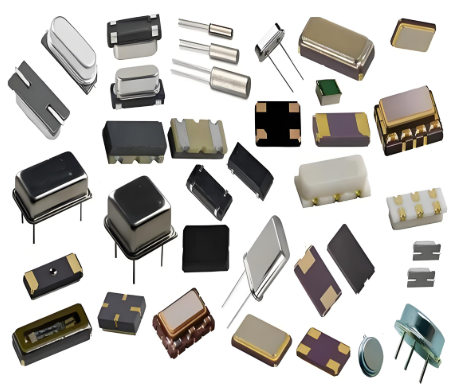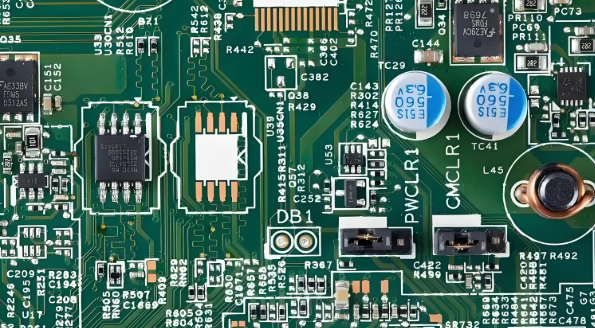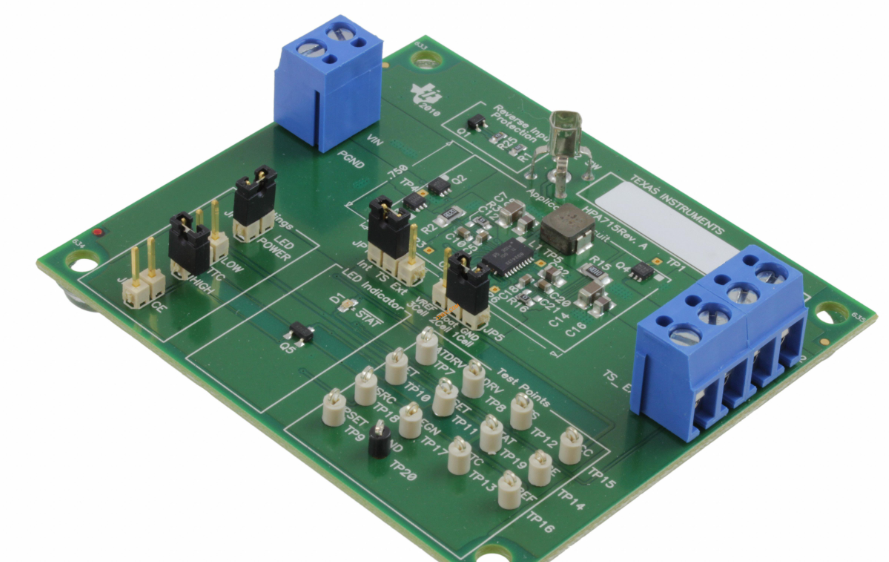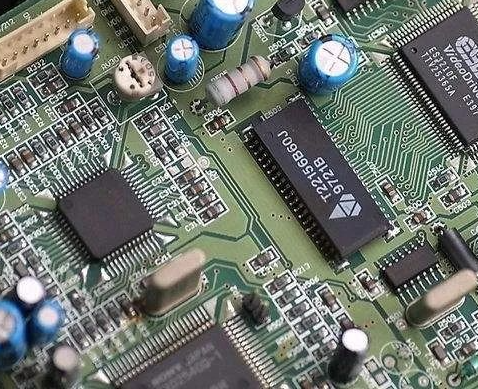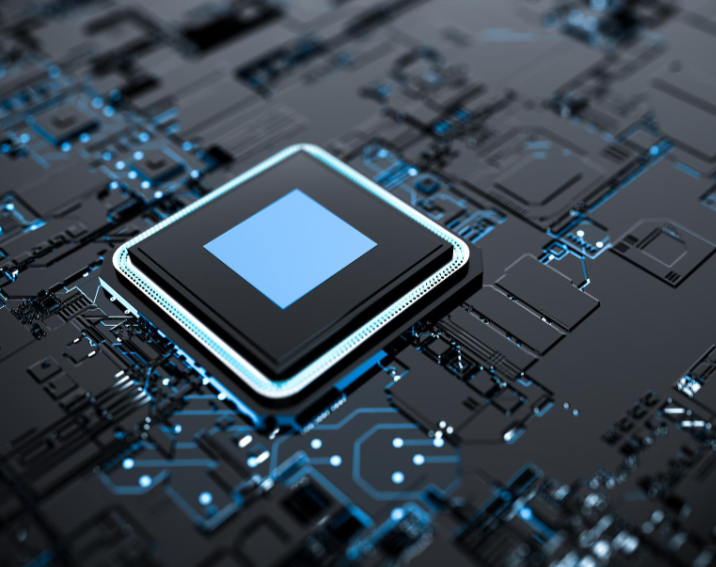Recognition of Electronic Components and Their Functions
Introduction
In the intricate and fascinating world of electronics, every device, from the simplest calculator to the most advanced supercomputer, is built upon a foundation of fundamental building blocks. These building blocks are electronic components, the unsung heroes that orchestrate the flow of electrons to perform a myriad of tasks. For engineers, technicians, students, and hobbyists, the ability to recognize these components and understand their specific functions is not just an academic exercise; it is a critical skill. It is the language of innovation, the key to troubleshooting, and the blueprint for creation. Mastering this knowledge empowers one to decipher circuit diagrams, diagnose faults, and ultimately, bring electronic concepts to life. This comprehensive guide aims to demystify the world of electronic components, providing a clear pathway from visual identification to a deep functional understanding. As we navigate this landscape, resources like ICGOODFIND can be invaluable for sourcing reliable components and deepening your technical knowledge.

The Foundation: Passive Components
Passive components are the bedrock of any electronic circuit. They are termed “passive” because they cannot introduce net energy into a circuit nor can they amplify a signal. Instead, they can only attenuate or store it. Their operation is fundamental and often defines the basic behavior of a circuit.
1. Resistors
Recognition: Resistors are one of the most common components. They are typically small, cylindrical parts with two leads (wires) and are covered in a coating marked with colored bands. These color codes are the primary method for identifying their resistance value, measured in Ohms (Ω). Surface Mount Device (SMD) resistors are tiny rectangular chips with numbers printed on them.
Function: The core function of a resistor is to oppose the flow of electric current. Think of it as a narrow section in a pipe that restricts water flow. This property is used for several critical purposes: * Current Limiting: Protecting components like LEDs from excessive current. * Voltage Division: Creating specific voltage levels from a larger supply voltage using a voltage divider circuit. * Biasing Active Elements: Setting the correct operating points for transistors.
2. Capacitors
Recognition: Capacitors come in a wide variety of shapes and sizes. They can be small ceramic discs, large cylindrical electrolytic cans, or flat tantalum beads. A key visual indicator is that many capacitors, especially electrolytic ones, are marked with their capacitance value (in Farads, F) and a voltage rating. Electrolytic capacitors are also polarized, meaning they have a positive and negative lead, which is clearly marked.
Function: A capacitor’s primary role is to store electrical energy in an electric field. It acts like a tiny rechargeable battery that charges and discharges very quickly. Its functions include: * Filtering: Smoothing out voltage ripples in power supplies (decoupling) or filtering specific frequencies in signal paths. * Coupling/Blocking DC: Allowing alternating current (AC) signals to pass from one circuit stage to another while blocking the direct current (DC) component. * Timing: Working with resistors in RC (Resistor-Capacitor) circuits to create time delays or generate waveforms.
3. Inductors
Recognition: Inductors often look similar to resistors but are typically wound with coiled wire, which is sometimes visible. They can be simple wire loops, coils on a ferrite core, or even SMD chips that look like resistors but are usually green in color. They are labeled with their inductance value in Henry (H).
Function: Inductors store energy in a magnetic field when current flows through them. They oppose any change in the current flowing through them. Their key applications are: * Filtering: Used in conjunction with capacitors to create LC filters that can select or reject specific frequency bands. * Energy Storage: Essential components in switch-mode power supplies (SMPS). * Impedance Matching: Used in RF (Radio Frequency) circuits to ensure maximum power transfer.
The Control Center: Active Components
Active components are the decision-makers of the electronic world. Unlike passive components, they can amplify signals, meaning they can control a larger electrical signal with a smaller one. They typically require a power source to operate.
1. Diodes
Recognition: Diodes are two-terminal components that are easily recognized by their cylindrical shape with a black band at one end. This band indicates the cathode (negative side). Light-Emitting Diodes (LEDs) are a special type that emits light when current flows through them.
Function: The most fundamental function of a diode is to allow current to flow in only one direction. This property makes them ideal for: * Rectification: Converting alternating current (AC) to direct current (DC) in power supplies. * Voltage Regulation: Zener diodes are designed to maintain a constant voltage across their terminals. * Circuit Protection: Preventing reverse polarity connection damage.
2. Transistors
Recognition: Transistors are three-terminal devices that come in various packages, often a black plastic semi-cylinder with three metal leads or small SMD packages. The package type (e.g., TO-92, TO-220) and the part number printed on it are crucial for identification and finding its datasheet.
Function: The transistor is arguably the most important invention in modern electronics. Its primary functions are switching and amplification. * As a Switch: A small current or voltage at one terminal (the base or gate) can control a much larger current flow between the other two terminals, turning a circuit on or off. This is the basis of all digital logic. * As an Amplifier: It can take a weak input signal and produce a stronger output signal, which is fundamental to audio amplifiers, radio receivers, and many other analog circuits.
3. Integrated Circuits (ICs)
Recognition: Integrated Circuits (ICs) are the ultimate expression of miniaturization and complexity. They are typically black plastic packages with multiple pins (from 8 to hundreds) arranged in Dual In-line Packages (DIP) or various surface-mount formats. The top is marked with a unique part number, which is essential for identifying its function.
Function: An IC is a complete electronic circuit—containing transistors, diodes, resistors, and capacitors—fabricated onto a single tiny chip of silicon. Their function is defined by their internal design: * Microprocessors/Microcontrollers: The “brains” of computers and embedded systems. * Memory Chips: Store data and program instructions. * Operational Amplifiers (Op-Amps): Versatile amplifiers used for mathematical operations. * Voltage Regulators: Provide stable DC voltages. When identifying complex ICs, using a specialized component search engine like ICGOODFIND can quickly provide datasheets, supplier information, and application notes.
The Interface: Electromechanical and Other Components
This category includes components that bridge the gap between the electronic world and the physical world, either by converting electrical energy into mechanical motion or by providing an interface for human interaction.
1. Switches and Relays
Recognition: Switches come in countless forms: toggle, pushbutton, rotary, and DIP switches. Their function is usually mechanically apparent. Relays are often box-shaped components with multiple pins and an internal coil and switch mechanism.
Function: * Switches: Provide manual control to open or close an electrical circuit. * Relays: Are electrically operated switches. A small current through its coil activates an electromagnet, which physically flips a switch capable of handling a much larger current. They allow low-power circuits to control high-power devices safely.
2. Sensors and Transducers
Recognition: These components vary wildly in appearance depending on what they measure (e.g., light, temperature, motion, sound). A thermistor (temperature sensor) might look like a diode, while a photoresistor (light sensor) might be a small disc with a zigzag pattern.
Function: These devices convert physical phenomena into electrical signals. For example: * A thermistor changes its resistance with temperature. * A microphone converts sound waves into electrical voltage. They form the sensory input for modern smart systems.
3. Connectors and Wiring
Recognition: This includes everything from simple wires and cables to sophisticated multi-pin connectors (e.g., USB ports, HDMI ports), terminal blocks, and sockets for ICs.
Function: Their role is purely utilitarian but absolutely critical: they provide the physical pathways for electrical signals and power to travel between different components and circuit boards.
Conclusion
The journey of recognizing electronic components and understanding their functions is a continuous and rewarding one. It begins with learning the visual cues—the color bands on resistors, the polarity marks on capacitors and diodes, the part numbers on ICs—and evolves into an intuitive understanding of how these pieces interact on a schematic diagram and on a physical circuit board. This knowledge transforms abstract concepts into tangible skills, enabling you to build, modify, and repair electronic devices with confidence. From the foundational resistance of a simple resistor to the computational power of a complex microprocessor, each component plays its part in the symphony of modern technology. As you continue to explore this field, remember that resources like ICGOODFIND serve as excellent platforms to locate specific components, verify their specifications through datasheets, and stay updated on new technologies, thereby solidifying your mastery over the building blocks of our digital age.












